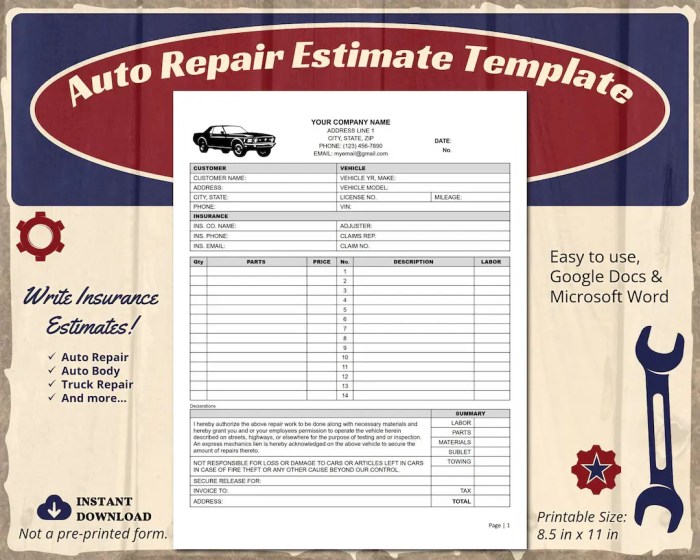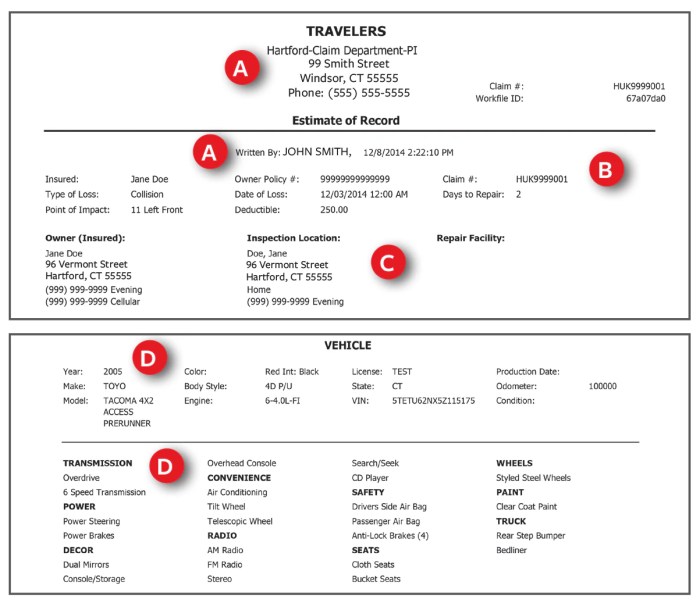Choosing a car is a significant decision, but understanding the associated insurance costs is equally crucial. This guide delves into the intricacies of how your car’s model impacts your insurance premiums. We’ll explore the factors that influence these estimates, from safety features and age to your driving history, empowering you to make informed choices and potentially save money.
We’ll compare insurance costs across different models, analyze the impact of model year, and provide practical strategies for finding the best rates for your specific vehicle. By understanding the methodology behind these estimates, you can navigate the car insurance landscape with confidence and secure the most suitable coverage for your needs.
Factors Influencing Car Insurance Estimates

Getting an accurate car insurance estimate involves considering several interconnected factors. The model of your car plays a significant role, but it’s not the only determinant. Your driving history, location, and even the safety features of your vehicle all contribute to the final premium. This section will delve into the specifics of these influences.
Vehicle Model’s Impact on Insurance Premiums
The model of your car is a primary factor in determining your insurance premium. Insurance companies meticulously analyze claims data for different models, identifying those with higher rates of accidents, theft, or repair costs. Sports cars, for instance, often have higher premiums due to their higher performance capabilities and associated risk of accidents. Conversely, smaller, more fuel-efficient models may attract lower premiums. The cost of parts and repairs also significantly influences premiums; a car with expensive-to-replace parts will naturally lead to a higher insurance cost. Luxury vehicles, with their sophisticated engineering and specialized parts, tend to fall into this category.
Impact of Safety Features on Insurance Costs
Modern vehicles are equipped with a range of safety features, and these significantly impact insurance premiums. Cars with advanced driver-assistance systems (ADAS), such as automatic emergency braking, lane departure warnings, and adaptive cruise control, often receive discounts. These features demonstrably reduce the likelihood of accidents, translating into lower insurance costs for the consumer. The presence of airbags, anti-lock brakes (ABS), and electronic stability control (ESC) also influences premium calculations, with vehicles possessing these features generally commanding lower rates. The more comprehensive the safety suite, the greater the potential for savings.
Vehicle Age and Mileage Influence on Estimates
A vehicle’s age and mileage are inversely correlated with its value and, consequently, its insurance premium. Newer cars, with lower mileage, typically have higher replacement costs and therefore attract higher premiums. As a car ages and its mileage increases, its value depreciates, leading to a reduction in insurance costs. For example, a 2024 model of a popular SUV might have a significantly higher premium compared to a 2014 model of the same SUV, even with similar safety features. High mileage can also indicate increased wear and tear, potentially leading to more frequent repairs and higher insurance premiums.
Driver Demographics and Model-Specific Insurance Quotes
Driver demographics play a crucial role in determining insurance premiums, regardless of the car model. Younger drivers, especially those with limited driving experience, are statistically more likely to be involved in accidents, resulting in higher premiums. A clean driving record, on the other hand, is usually rewarded with lower premiums. Insurance companies also consider factors such as location (urban areas often have higher accident rates), occupation (some professions are considered higher risk), and credit history (in some jurisdictions). These factors are applied across all car models, modifying the base premium determined by the vehicle itself.
Car Model Insurance Premium Comparison
| Car Model | Average Premium | Key Safety Features | Estimated Mileage Impact |
|---|---|---|---|
| Toyota Camry (2023) | $1200 (Annual) | Pre-Collision System with Pedestrian Detection, Lane Departure Alert, Adaptive Cruise Control | +$50 per 10,000 miles |
| Honda Civic (2023) | $1100 (Annual) | Honda Sensing® suite (includes Collision Mitigation Braking System, Lane Keeping Assist, Adaptive Cruise Control) | +$40 per 10,000 miles |
| Ford Mustang GT (2023) | $1800 (Annual) | Pre-Collision Assist with Automatic Emergency Braking, Lane-Keeping System, Blind Spot Information System | +$75 per 10,000 miles |
| Tesla Model 3 (2023) | $1300 (Annual) | Autopilot, Enhanced Autopilot, Full Self-Driving Capability (optional) | +$60 per 10,000 miles |
Wrap-Up

Ultimately, understanding how car insurance estimates are calculated based on your vehicle’s model is key to responsible car ownership. By considering factors like safety features, age, and driving history, and by comparing quotes from multiple insurers, you can secure the best possible coverage at a price that aligns with your budget. Remember, proactive research and comparison shopping can lead to significant savings and peace of mind.
General Inquiries
What is the role of my credit score in determining my car insurance estimate?
In many jurisdictions, your credit score is a factor in determining your insurance premiums. A higher credit score generally correlates with lower premiums, as it’s considered an indicator of responsible financial behavior.
How do insurance companies determine the value of my car for insurance purposes?
Insurance companies use various methods, including consulting valuation guides (like Kelley Blue Book or Edmunds) and considering the car’s age, mileage, condition, and market value. They may also take into account any modifications you’ve made to the vehicle.
Can I get a car insurance estimate without providing my driving history?
While some initial online quote tools may not explicitly request your driving history, you will need to provide it to finalize your policy. Your driving record significantly impacts your premium.
What is the difference between liability and comprehensive coverage?
Liability coverage protects you financially if you cause an accident that results in injury or damage to another person’s property. Comprehensive coverage protects your vehicle from damage caused by events other than accidents, such as theft, vandalism, or weather-related incidents.